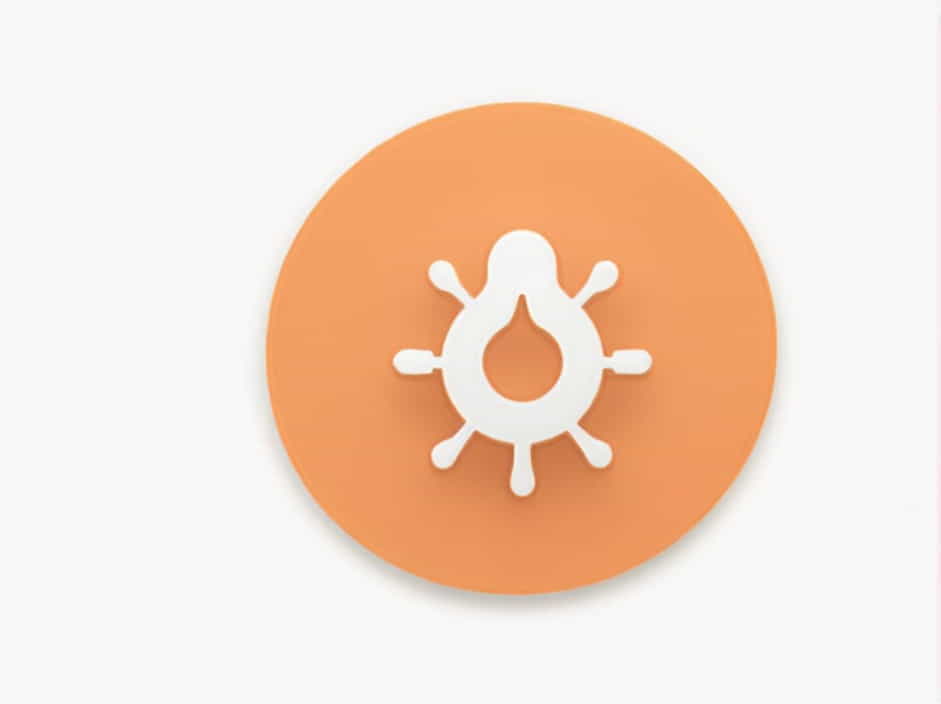Paramecia are single-celled organisms that belong to the group of protozoa. Despite their microscopic size, they have complex structures that allow them to maintain homeostasis, or internal balance, in response to their environment.
For paramecia to survive, they must regulate water balance, nutrient intake, waste removal, and other physiological processes. This topic explores the key requirements for paramecia to maintain homeostasis, explaining how these tiny organisms stay alive and function efficiently.
1. Understanding Homeostasis in Paramecia
Homeostasis refers to the ability of an organism to maintain a stable internal environment despite external changes. In paramecia, this involves regulating:
✅ Osmotic balance (water regulation)
✅ Nutrient intake (feeding and digestion)
✅ Waste elimination (excreting excess materials)
✅ Gas exchange (oxygen intake and carbon dioxide removal)
✅ Movement and response to stimuli
Each of these processes is vital for the survival of paramecia in aquatic environments.
2. Water Regulation: The Role of Contractile Vacuoles
Since paramecia live in freshwater environments, they are constantly at risk of absorbing too much water due to osmosis. If they do not control water intake, they could burst from excess fluid.
How Paramecia Regulate Water
🔹 Contractile vacuoles pump out excess water.
🔹 These vacuoles collect water and expel it through the cell membrane.
🔹 This process prevents osmotic lysis (cell bursting due to too much water).
Without contractile vacuoles, paramecia would not be able to survive in their watery environments.
3. Feeding and Digestion: Obtaining Nutrients
Paramecia need a constant supply of food to generate energy. They primarily feed on bacteria, algae, and other small organic matter.
How Paramecia Eat
🔹 Cilia (tiny hair-like structures) help move food ptopics toward the oral groove.
🔹 The food enters the cell through the oral groove and forms a food vacuole.
🔹 Inside the vacuole, enzymes break down the food for energy.
Efficient nutrient intake is crucial for maintaining cellular functions and supporting homeostasis.
4. Waste Removal: Eliminating Unwanted Substances
Just like all living organisms, paramecia produce waste materials that must be expelled to maintain internal balance.
Methods of Waste Removal
🔹 Exocytosis – After digestion, waste is expelled through the anal pore.
🔹 Diffusion – Gases like carbon dioxide exit the cell naturally.
🔹 Contractile vacuoles also help eliminate some dissolved waste.
By effectively managing waste disposal, paramecia prevent toxic buildup in their cells.
5. Gas Exchange: Oxygen and Carbon Dioxide Regulation
Paramecia rely on oxygen for energy production through cellular respiration. Since they lack lungs or gills, they use a simple diffusion process to regulate gas exchange.
How Paramecia Perform Gas Exchange
🔹 Oxygen enters the cell through the plasma membrane.
🔹 Inside the cell, oxygen fuels respiration, producing energy (ATP).
🔹 Carbon dioxide (a waste product) exits the cell by diffusion.
This passive process ensures that paramecia maintain proper oxygen levels without specialized respiratory structures.
6. Movement and Response to Stimuli
Paramecia must move efficiently to find food, escape predators, and adapt to their surroundings. Their movement is controlled by cilia, which cover their entire cell surface.
Functions of Cilia in Homeostasis
🔹 Locomotion – Cilia beat rhythmically, propelling the paramecium forward.
🔹 Food Collection – Cilia direct food ptopics into the oral groove.
🔹 Avoidance Response – If a paramecium encounters danger (like a predator or toxin), it can reverse its movement and change direction.
Movement helps paramecia respond to environmental changes, ensuring survival and internal stability.
7. Reproduction and Growth
To maintain population stability, paramecia must reproduce and repair their cells. They can reproduce in two main ways:
Types of Reproduction in Paramecia
✔ Binary Fission – A single paramecium divides into two identical cells (asexual reproduction).
✔ Conjugation – Two paramecia exchange genetic material before dividing, increasing genetic diversity.
Reproduction ensures that paramecia populations remain stable and adapt to environmental challenges.
8. Environmental Adaptation and Survival
Paramecia live in diverse environments, from ponds and lakes to moist soils. To survive, they must adjust to varying conditions.
How Paramecia Adapt
🔹 Temperature regulation – They thrive in moderate temperatures but may form cysts if conditions are harsh.
🔹 Chemical sensitivity – They can detect toxins and swim away from harmful substances.
🔹 Symbiosis – Some paramecia form relationships with algae, which provide food through photosynthesis.
These adaptations help paramecia maintain homeostasis even in changing conditions.
Paramecia may be microscopic, but they perform complex biological processes to maintain homeostasis.
✔ Water balance is controlled by contractile vacuoles.
✔ Nutrient intake is managed through cilia and food vacuoles.
✔ Waste removal is achieved via exocytosis and diffusion.
✔ Gas exchange occurs naturally through diffusion.
✔ Movement and response to stimuli help avoid danger.
✔ Reproduction ensures population stability.
✔ Adaptation allows survival in diverse environments.
These mechanisms work together to ensure that paramecia thrive, even in constantly changing environments. Understanding how paramecia maintain homeostasis provides insight into cellular function, evolution, and basic life processes.
